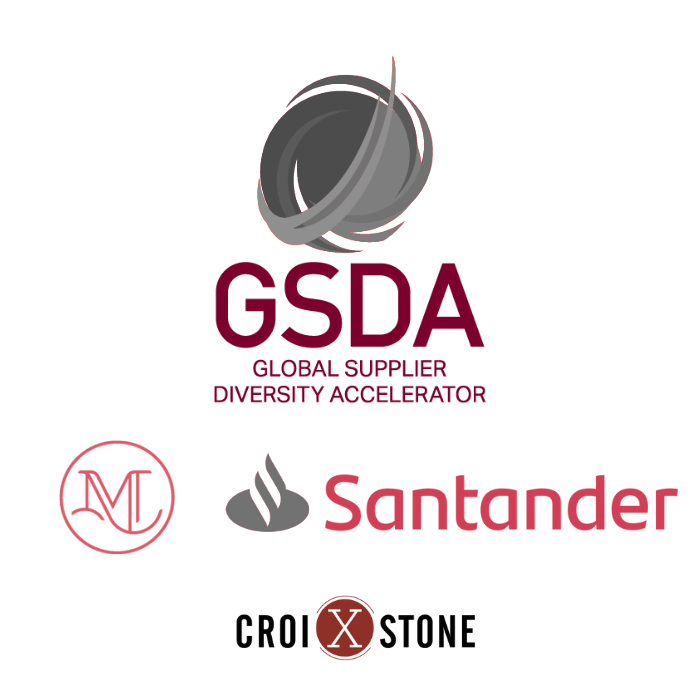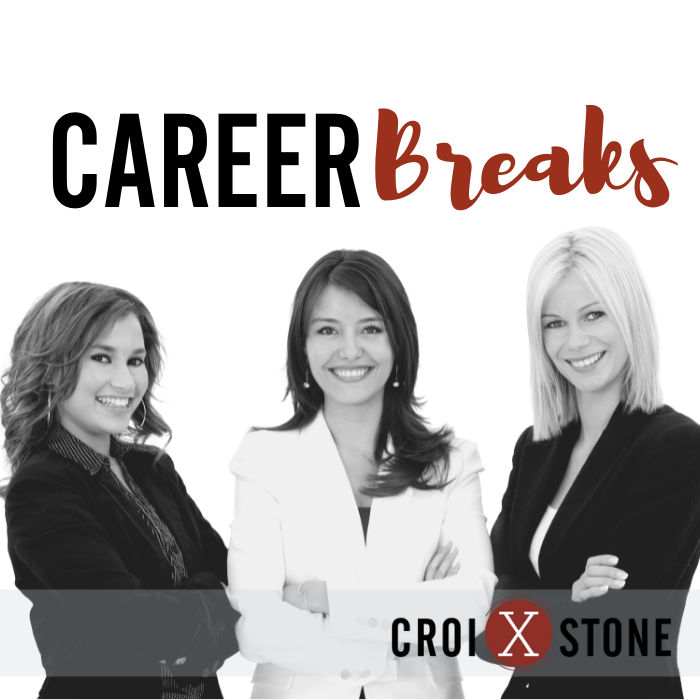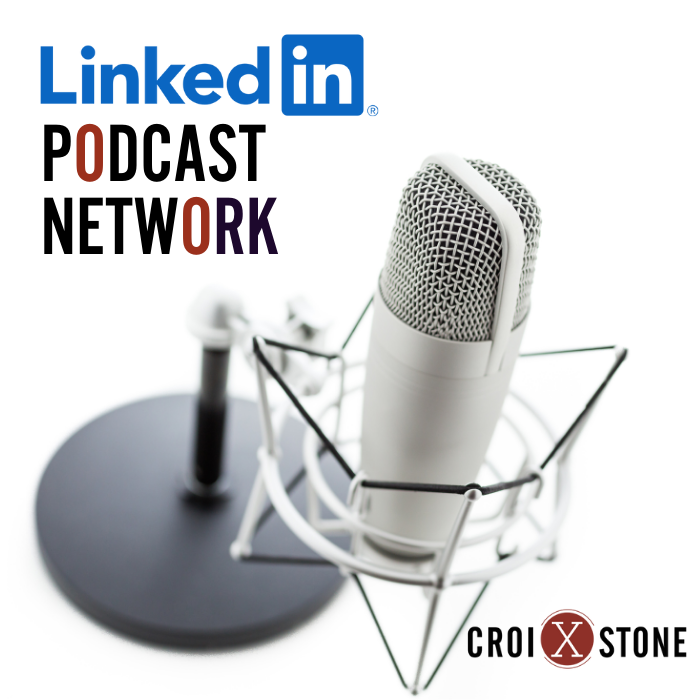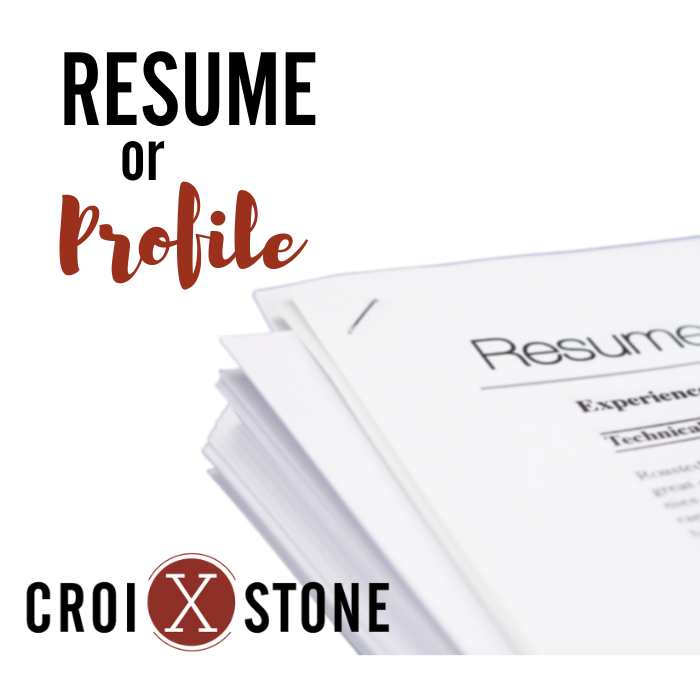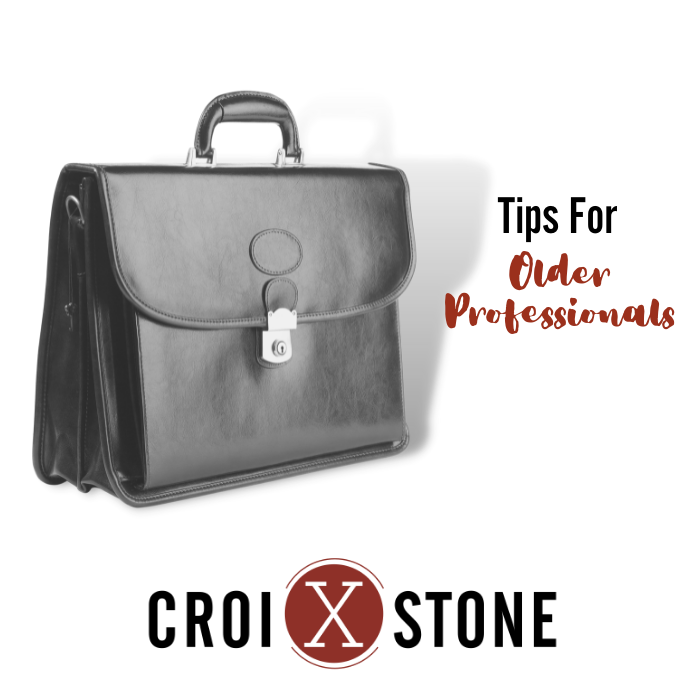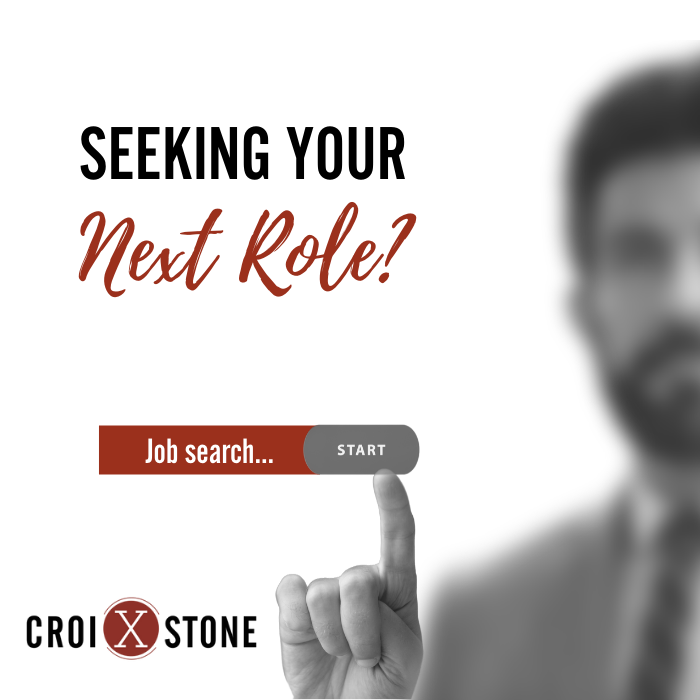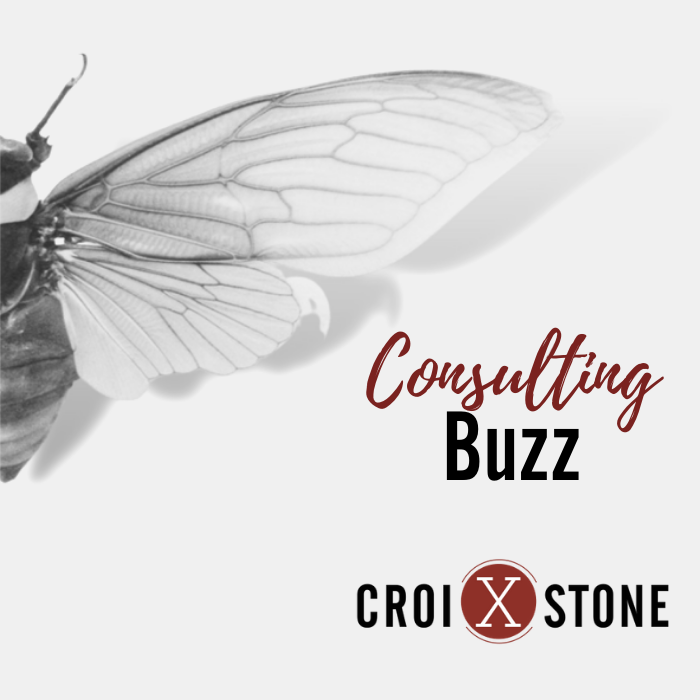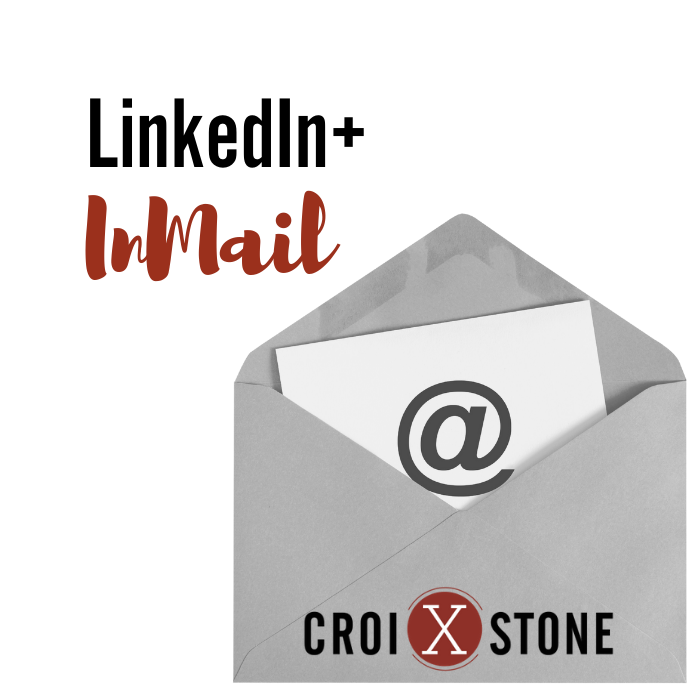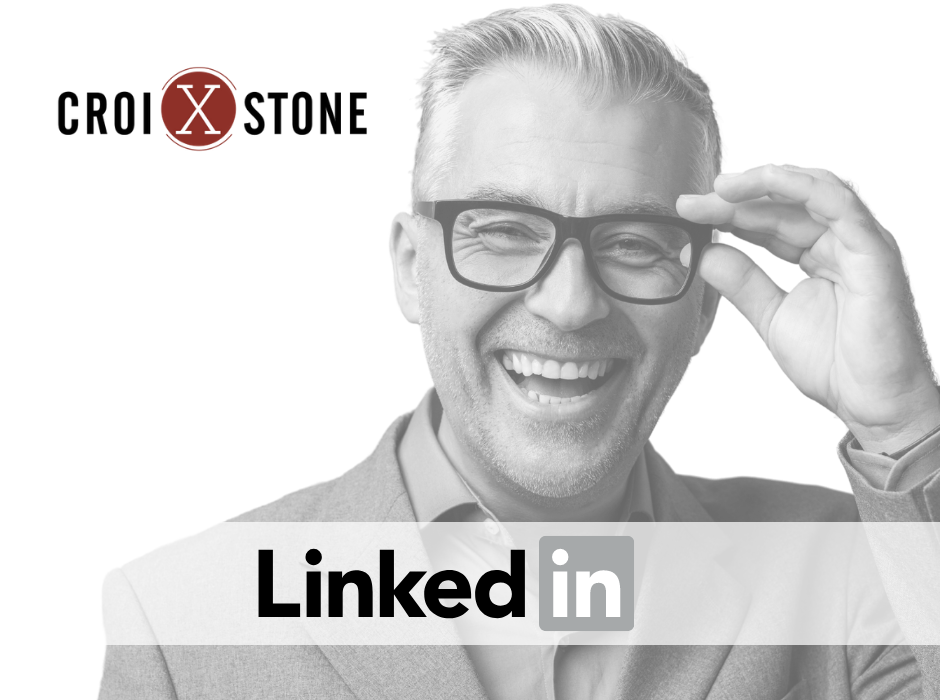Croixstone Welcomes Stephanie Burke in the Newly-Created Role of Director, People Experience
We are growing! Croixstone is excited to announce that Stephanie Burke has joined the Croixstone leadership team in the newly-created role of Director, People Experience.
People are at the center of our firm. Reporting to our CEO, Patti Weber, Stephanie is responsible for fueling Croixstone’s ongoing focus on putting people at the center of our firm. Her responsibilities include spearheading onboarding, empowering consultants to cultivate and amplify their personal brands, curating impactful professional development opportunities, and fostering consultant engagement initiatives.
Great experience to serve our team. Stephanie brings tremendous experience to the firm that will greatly benefit Croixstone. She joins our team with more than a decade of experience in global HR leadership, change management, process excellence and executive influencing.
Stephanie’s background includes diverse leadership roles at:
• Bank of America (VP, Talent Acquisition Program Manager and VP, U.S. Retained & Contingent Search Program Manager)
• Syneos Health (Associate Director, Contingent & Direct Hire Vendor Management)
• Prudential Financial (Senior Project Manager, Strategic Sourcing)
Stephanie lives in the Raleigh, North Carolina area with her husband, Josh, children Amelia and Archie, and dog Cooper.
Click here to review Stephanie’s LinkedIn profile.


